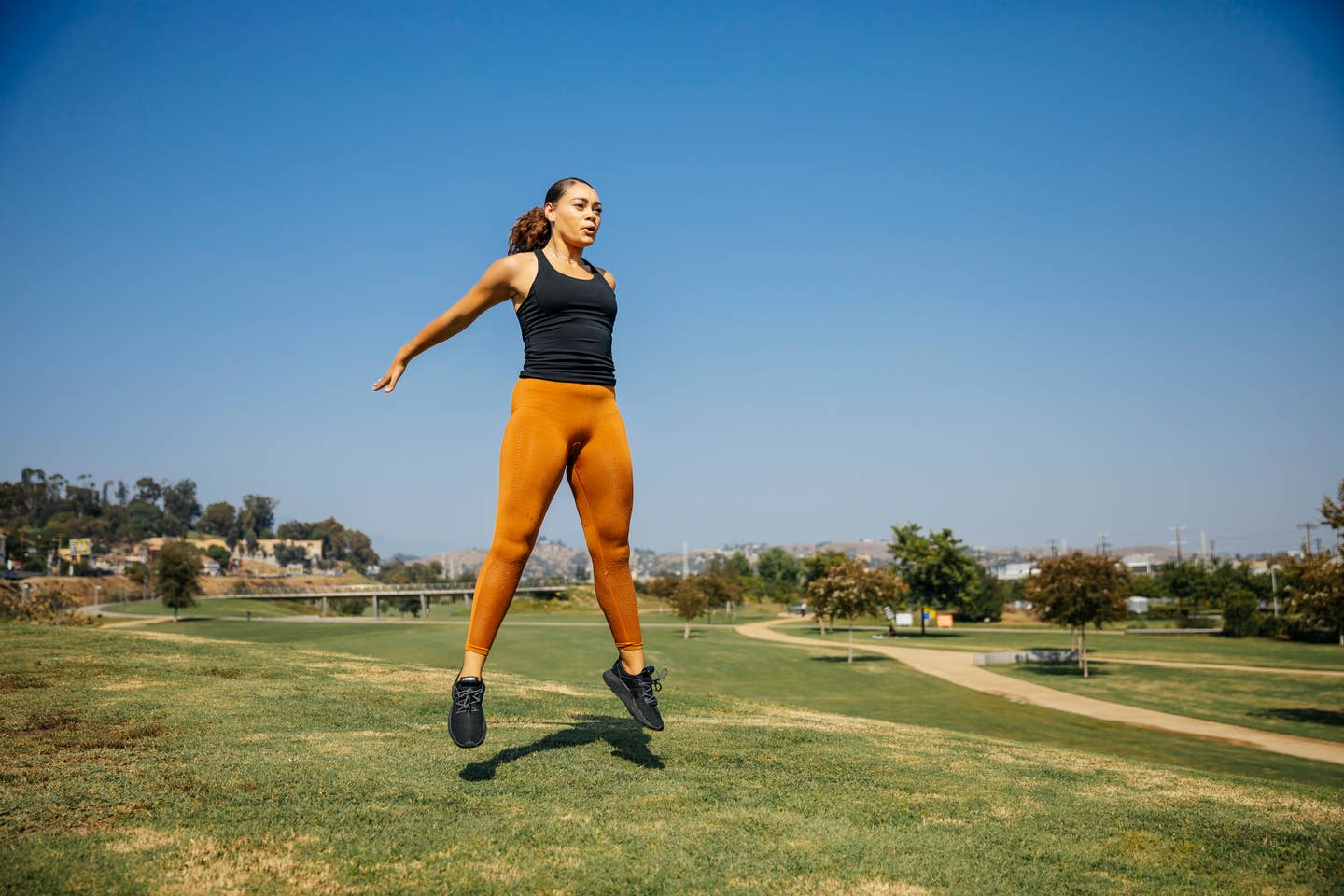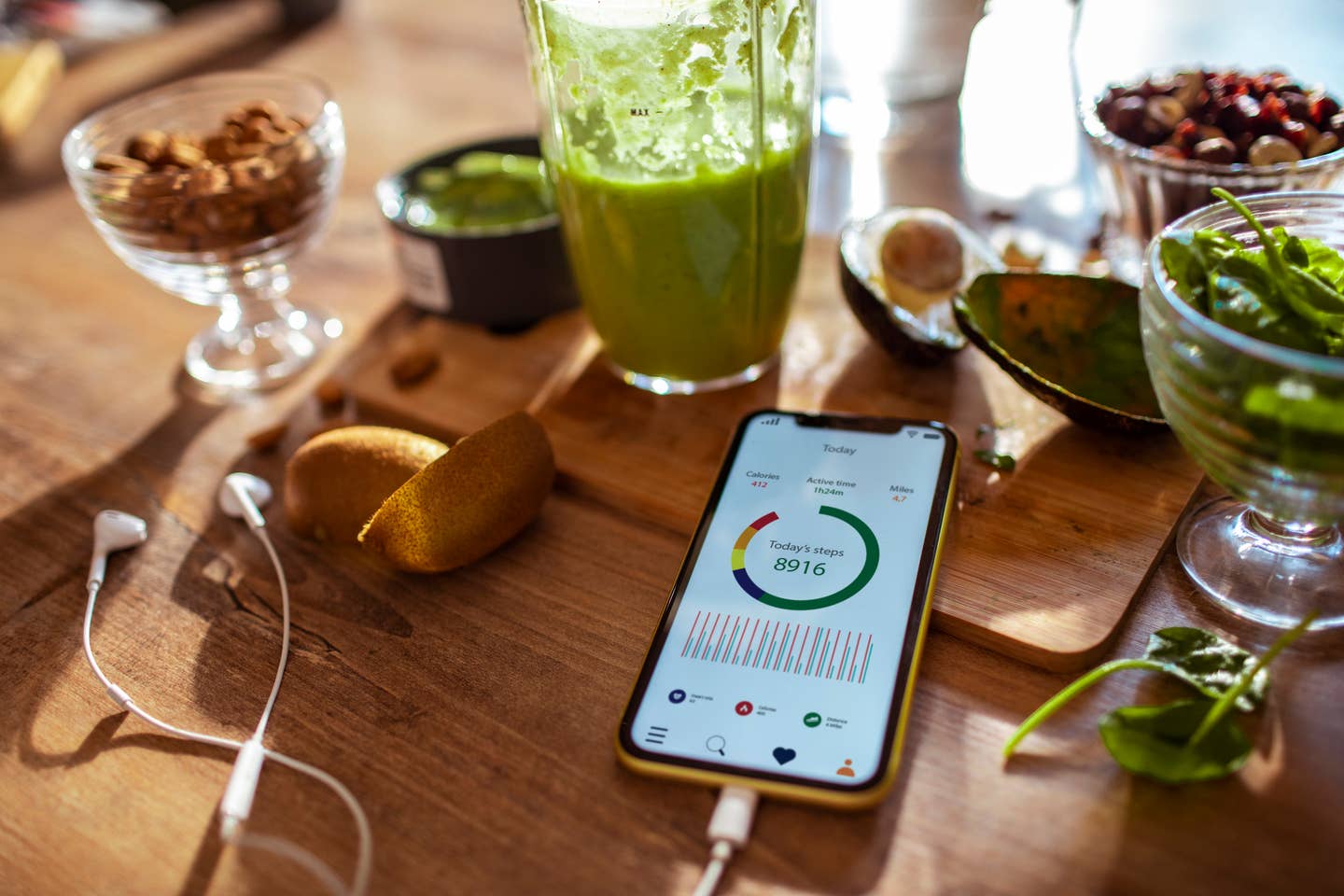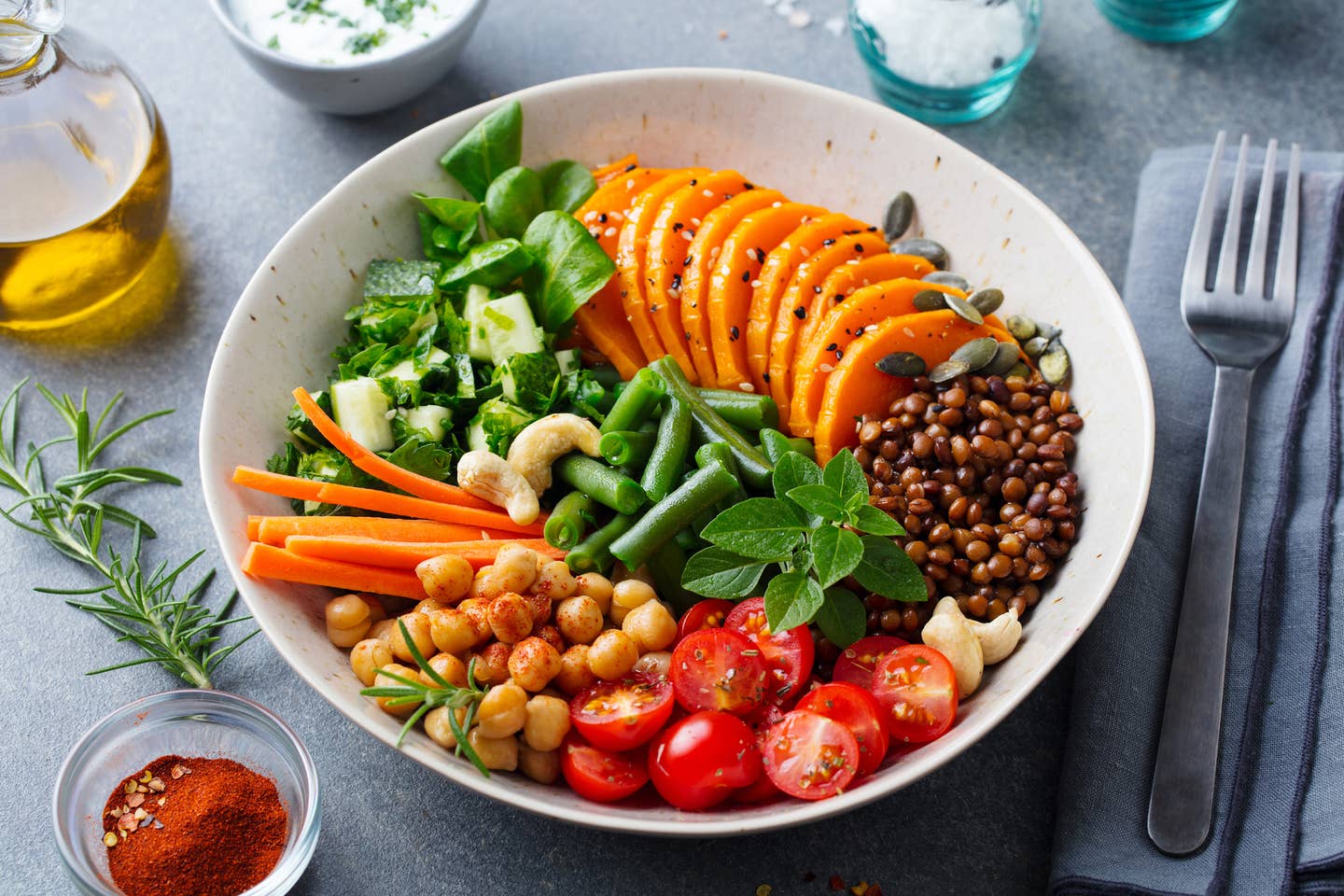
5 Diet and Fitness Tips to Get in Shape Fast, From a Nutritionist Trainer
If you want to get in shape fast and stay healthy in the process, but aren't sure where to start, these expert-recommended tips for beginners from a plant-based nutritionist who is also a trainer and athlete will help propel you toward a healthier, happier, fitter you – in less time.
The journey to better fitness and health comes with one caveat: you must be consistent about your efforts, which take some discipline, and you need to be willing to put in the work. Many people are guilty of wishful thinking, as in "I wish I were fitter!" but without the follow-through of actually doing the daily things required to make it happen.
To actually see results – build muscle, lose fat and improve your cardiovascular fitness – commit to a time period every day, whether you want to do at-home moves while watching a fitness video, meet a friend for cardio such as a run, walk, bike class or swim (to be accountable to someone other than yourself) or a combination.
First, we need to say: Congratulations on deciding to get in shape, feel incredible, and inject new life into your workouts. Now, here are the best diet and fitness tips you need, based on scientific research, that will help you get the most out of whichever workout you choose.
5 Expert Diet and Fitness Tips
1. Have a Healthy Pre-Workout Snack to Fuel Your Session
People often wonder what the best pre-workout fuel is to get lean and build muscle. No matter how long you're training or the time of day, the principles remain the same, which is that you don't want to eat more fuel than your body needs, and you want to give yourself energy (in the form of carbs) and help repair muscles that get broken down during a workout, so add some plant-based protein.
The longer your workout, the more important it is to take in some carbs for fuel as well as some form of clean protein for muscle growth and repair. If you’re planning to eat within 1 to 2 hours of a workout, consume a smaller meal (still focusing on carbs and protein) since your body needs to work to digest food, and you'd rather spend that energy on the workout rather than on digestion.
Great examples of a pre-workout snack: One piece of peanut butter on whole wheat toast with slices of banana. Or a plant-based protein shake or half a cup of quinoa with mixed berries and a handful of nuts.
“It's generally a good idea to consume a high-carb, moderate-protein, and fairly low-fat breakfast if you're training within the next 2 to 3 hours,” suggests Mike Matthews, CPT, celebrity trainer and author of Muscle For Life. “This ensures you have an abundance of glycogen stored in your muscles, which is your body's primary fuel source during exercise.”
2. Get your Protein Within 2 Hours of Training
The old school mentality around protein intake was that if you didn’t slam a protein shake the second you set foot outside the gym, your workout was a waste. Fortunately, that’s not how it works. This idea was based on the concept of an “anabolic window” of 30 to 60-minutes post-exercise when your muscles are hyperresponsive to protein synthesis.
Current research shows that by consuming protein within three hours of starting your workout (ideally 30 grams from whole plant-based foods sources), your body will have all the amino acids it needs to build and repair muscle.
“If you haven’t consumed protein for three or more hours before your workout, eating some after you train is sensible," says Matthews. "Doing so increases insulin levels, which suppresses muscle breakdown and delivers nutrients to your cells, and stimulates muscle protein synthesis, the process your body uses to repair, grow, and strengthen muscle fibers.”
3. Focus on Anti-Inflammatory Foods
To get the most out of your workouts, it’s essential to fight inflammation and help recovery after exercise by eating a diet that consists primarily of nutritious, whole, minimally-processed foods. Whole plant-based foods are highly anti-inflammatory by nature.
Anti-inflammatory foods such as avocados, berries, cocoa, extra virgin olive oil, green tea, peppers, and turmeric are fantastic foods to eat the day after a workout. These will help promote recovery, reduce delayed-onset muscle soreness (DOMS), and get you training again sooner. “Instead of getting wrapped up in eating a particular group of “anti-inflammatory foods,” focus on eating a healthful diet, which will beat back unhealthy levels of inflammation over time,” Matthews advises.
Pro Tip: Combine turmeric and black pepper for a supercharged anti-inflammatory effect. The compounds curcumin (found in turmeric) and piperine (black pepper) are highly anti-inflammatory and have potent antioxidative properties.
4. Do Static Stretching After Workouts and Dynamic Stretching to Warm Up
Before a workout, many people think all you need to do is a few stretches, five minutes on the treadmill, and you’re good to go. Unfortunately, that’s not the case. Static stretching (where you hold a certain stretch for 10 to 20 seconds), while great for relaxing muscles and cooling down after a training session, can hinder performance and weaken you while working out.
Also, static stretching before training can negatively affect sprint performance in runners, according to a 2021 systematic review published in The International Journal of Exercise Science. A better approach is to warm up before a workout with dynamic stretching—active stretches that move your joints and muscles through a full range of motion — then end a workout with static stretching to reduce muscle soreness and improve flexibility.
5. Recovery is as Important as Exercise for Injury Prevention and Long-Term Fitness
A common mistake that both new and experienced exercisers make is not allowing optimal recovery between workouts. Steps you can take before, during, after, and between training sessions to get the most out of your workouts and optimize recovery include having a carb and protein-rich snack after a workout, eating anti-inflammatory foods in abundance, getting adequate sleep, stretching, doing mobility exercises, foam rolling, and allowing for rest days.
Taking scheduled breaks from training at least once a week can help produce quicker results because your muscles experience microscopic tears during exercise. Giving your body time to recover with a rest day allows muscle tissue to rebuild and repair, thereby increasing in size and strength. In addition, rest days help reduce the risk of injury or burnout caused by too much exercise. Rest days, however, don’t mean lounging on the couch binging on Netflix all day. Instead, make sure you’re still engaging in some form of activity. An active rest day can include yoga, hiking, swimming, biking, and walking.
Workout Plans to Shape Up Fast
If you’re looking for some quick workouts to do at the gym or in the comfort of your home, check out these beginner workout plans that will help you get in shape fast and stay in shape.
- Easy 5-Minute Arm Workout
- Easy 5-Minute Core Workout
- The Best 5-Minute Home Leg Workout
- 5-Minute Full Body Exercise
Bottom Line: Be Consistent and Commit to Getting in Shape and Feeling Great.
Whether you’re new to working out or looking to breathe new life into your exercise routine, these workout and diet tips will improve your fitness and help get you in the shape you want. Eating a whole food plant-based diet is your best bet for getting healthier, enhancing performance, and feeling your best.
For more helpful info and resources, check out What I Eat In A Day as a Vegan Nutritionist and Athlete
More From The Beet






